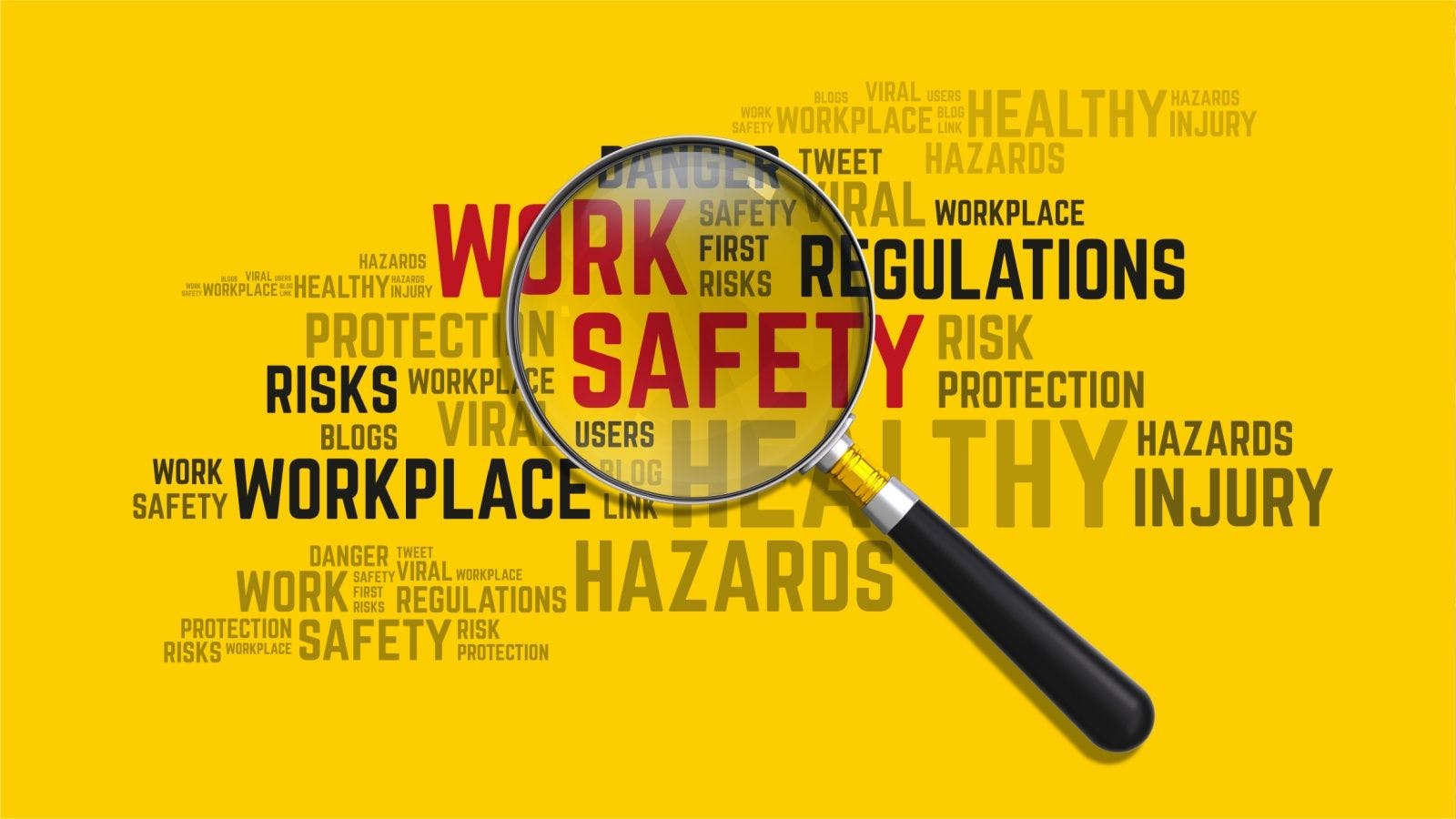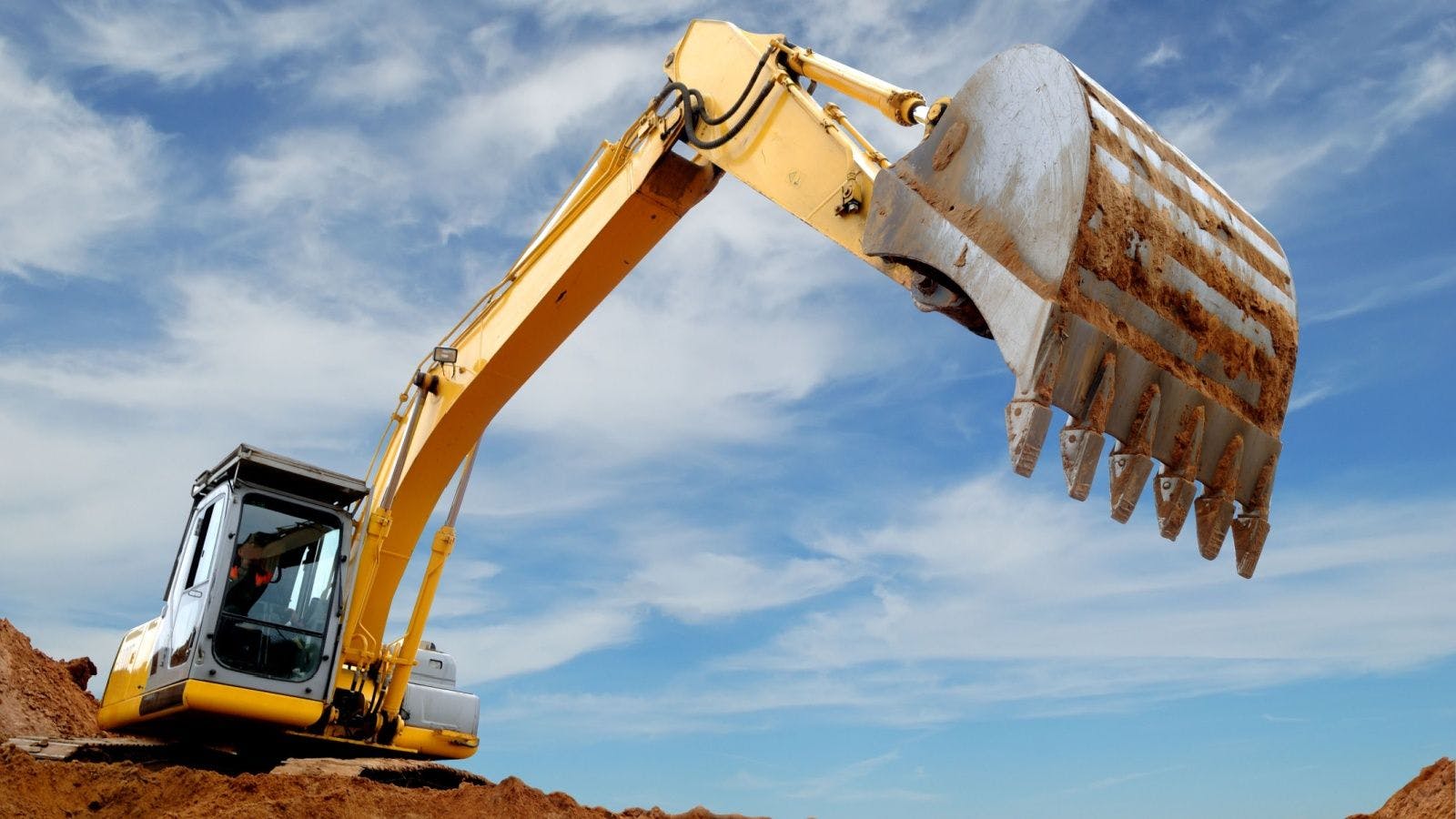
How the Construction Industry Can Address the Growing Risk of Substance Abuse
A pressing issue in construction today is substance abuse by an alarming number of workers both on and off the job, posing potential burdensome costs to employers.
Alcohol abuse, for one, is common. And not surprising, given the physical toll of the work, the sector’s opioid spend outpaces all other industries by five to 10%. Nearly one in six construction workers uses illegal drugs. The widening legalization of medicinal and recreational marijuana has further complicated contractors’ abilities to build drug-free workplaces in states such as Colorado, California and Washington when recreational users account for a substantial part of their populations.
There’s a big price being paid for it. Absenteeism, presenteeism, lost productivity and the sloppy work that can result all take a toll on a business’ finances and reputation. And it poses the potential of other costs, too, such as fines for failing to get post-accident testing for drugs and alcohol right under the Occupational Safety and Health Administration’s rules.
The goal of creating a drug-free workplace has never been more relevant—or as challenging—as it is to the construction industry today. Employers that understand the scope of the problem and the cures will be in the best position to fight back effectively against the substance abuse epidemic and protect their profitability.
One place to start is with a drug-free workplace policy, which should be customized to the business, aligned with state testing rules and address prescription medication disclosures under the ADA, including medical marijuana. It also should reflect current OSHA rules, particularly the more rigorous protocols for drug and alcohol testing, and guidelines on what sorts of events trigger testing. Documentation and training in the program itself, testing criteria, reports and checklists are all critical.
Smart employers will also understand that instituting programs to help their workers fight their addictions benefits everyone. Employee assistance programs are a valuable employee benefit, providing a pathway to rehabilitation for workers. Workplace health and wellness programs can also be a way for employees to receive counseling on a confidential basis without risking their jobs.
The pressure on the construction industry is only going to intensify as the severity of the substance abuse problem grows in the United States, compounded by expanding acceptance of medicinal and recreational marijuana. Taking a proactive stance toward managing the risks will go a long way toward helping employers meet their goals of retaining workers, reducing absenteeism, accidents, turnover and theft, as well as improving morale and productivity.
Learn more about substance abuse and how contractors can protect their workers and their businesses against its costs. Register today for an upcoming webinar: “The Evolving Drug Crisis in Construction: The Reality and the Risks of Substance Abuse on Jobsites” on Wednesday, Mar. 6 from 2-3 p.m. EST.
Related stories








